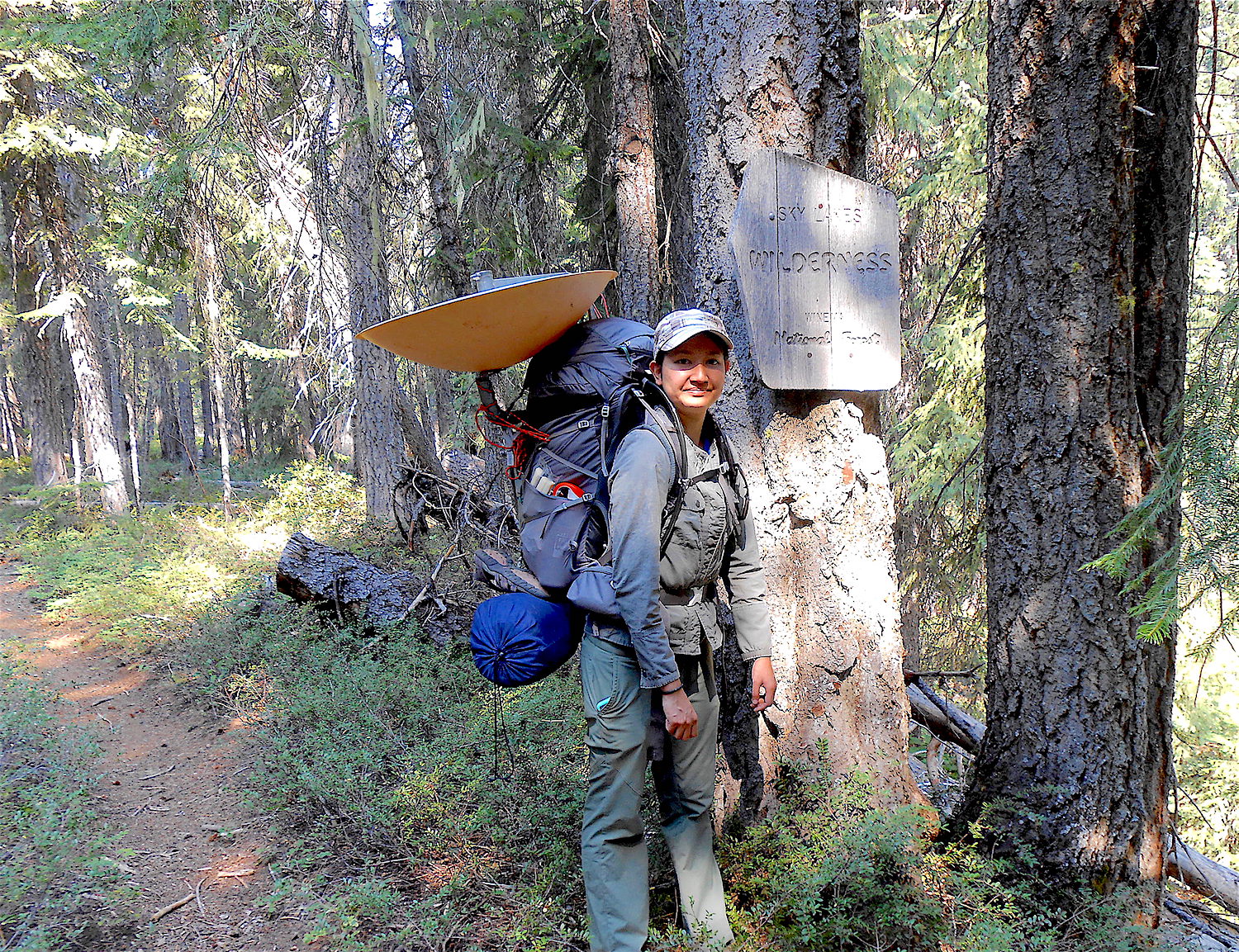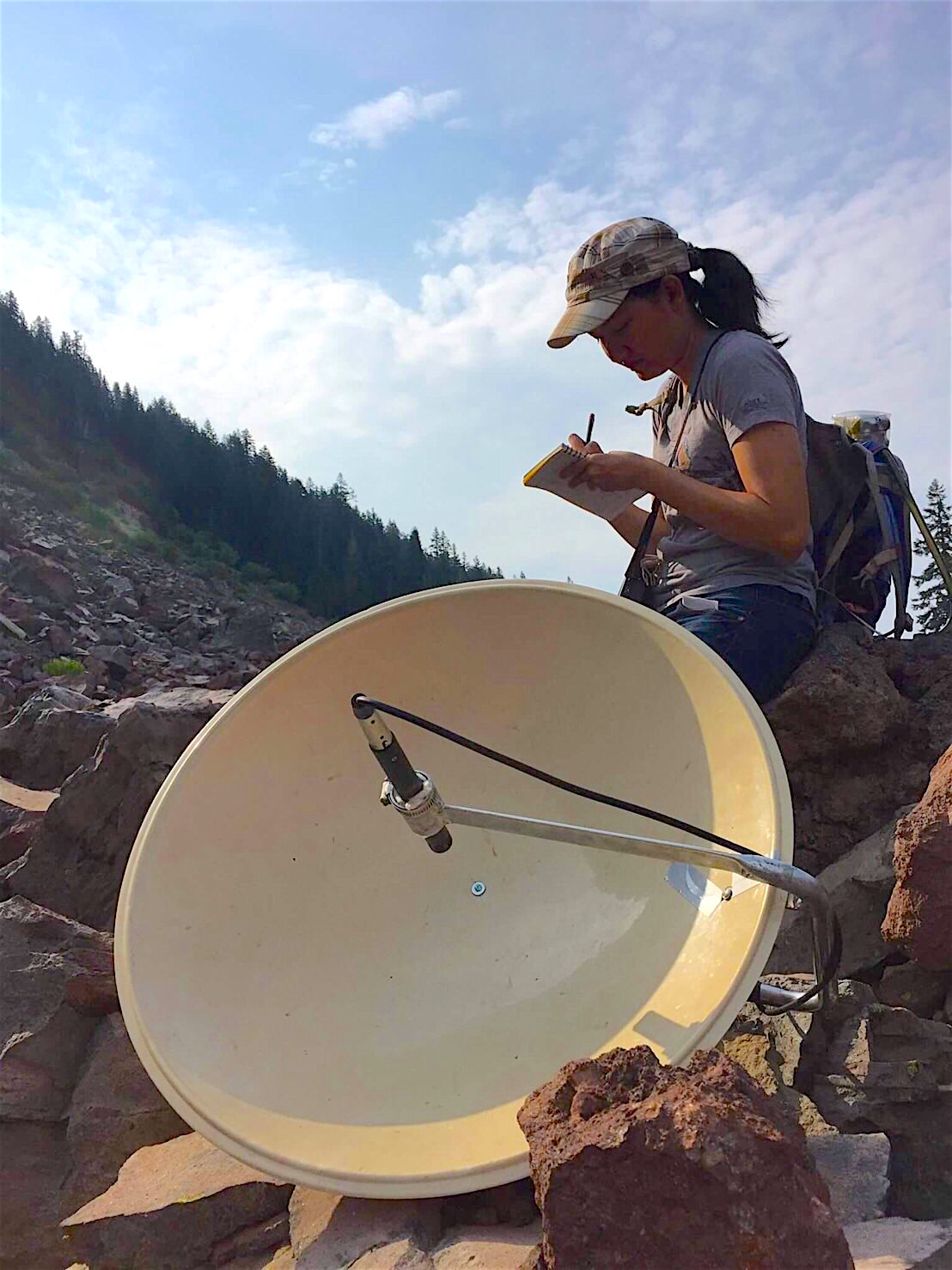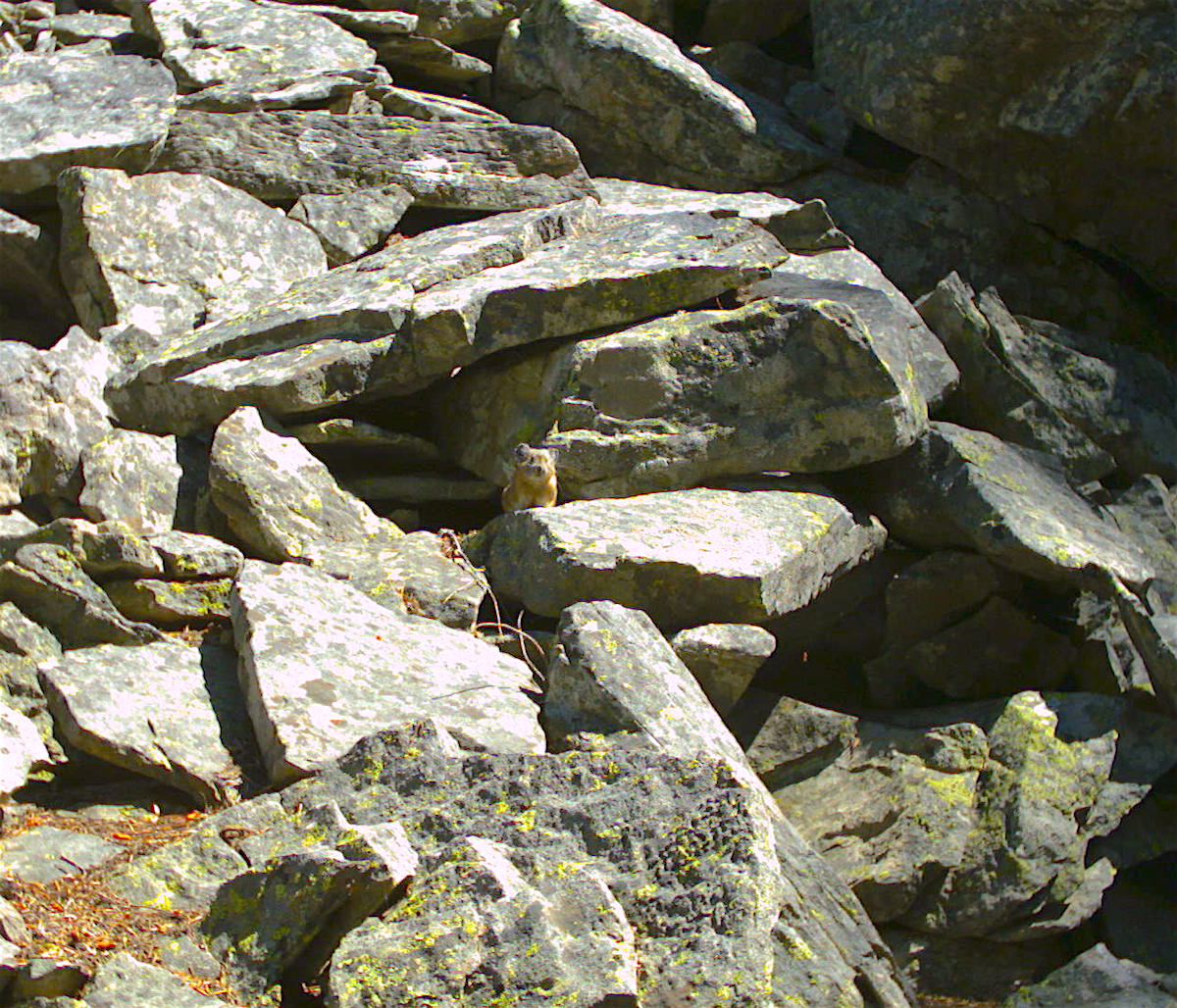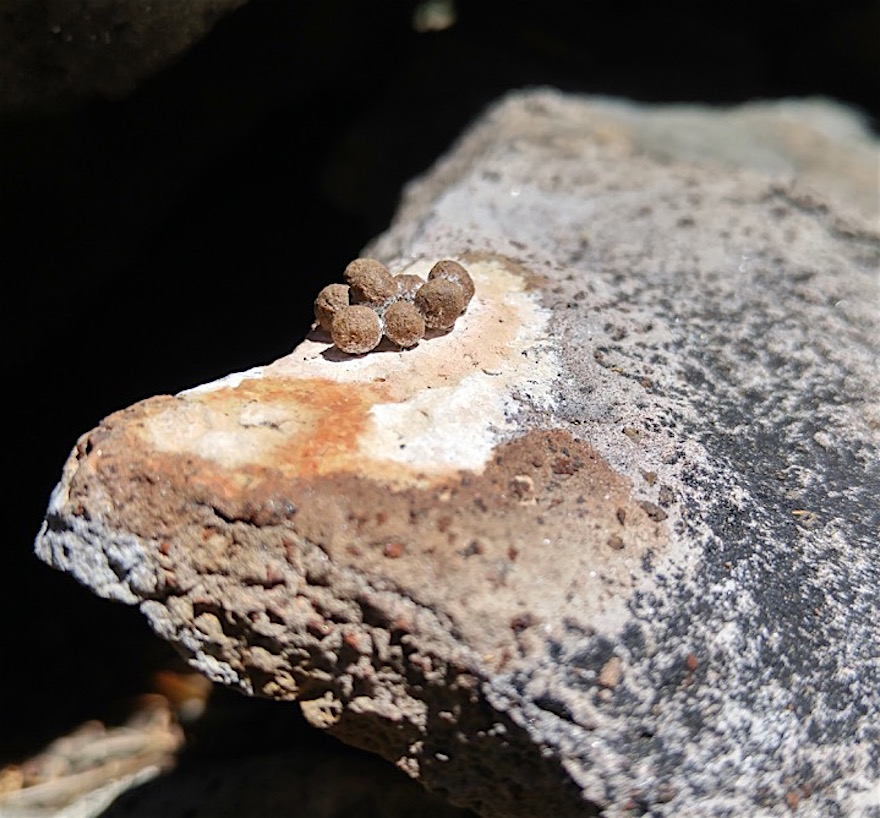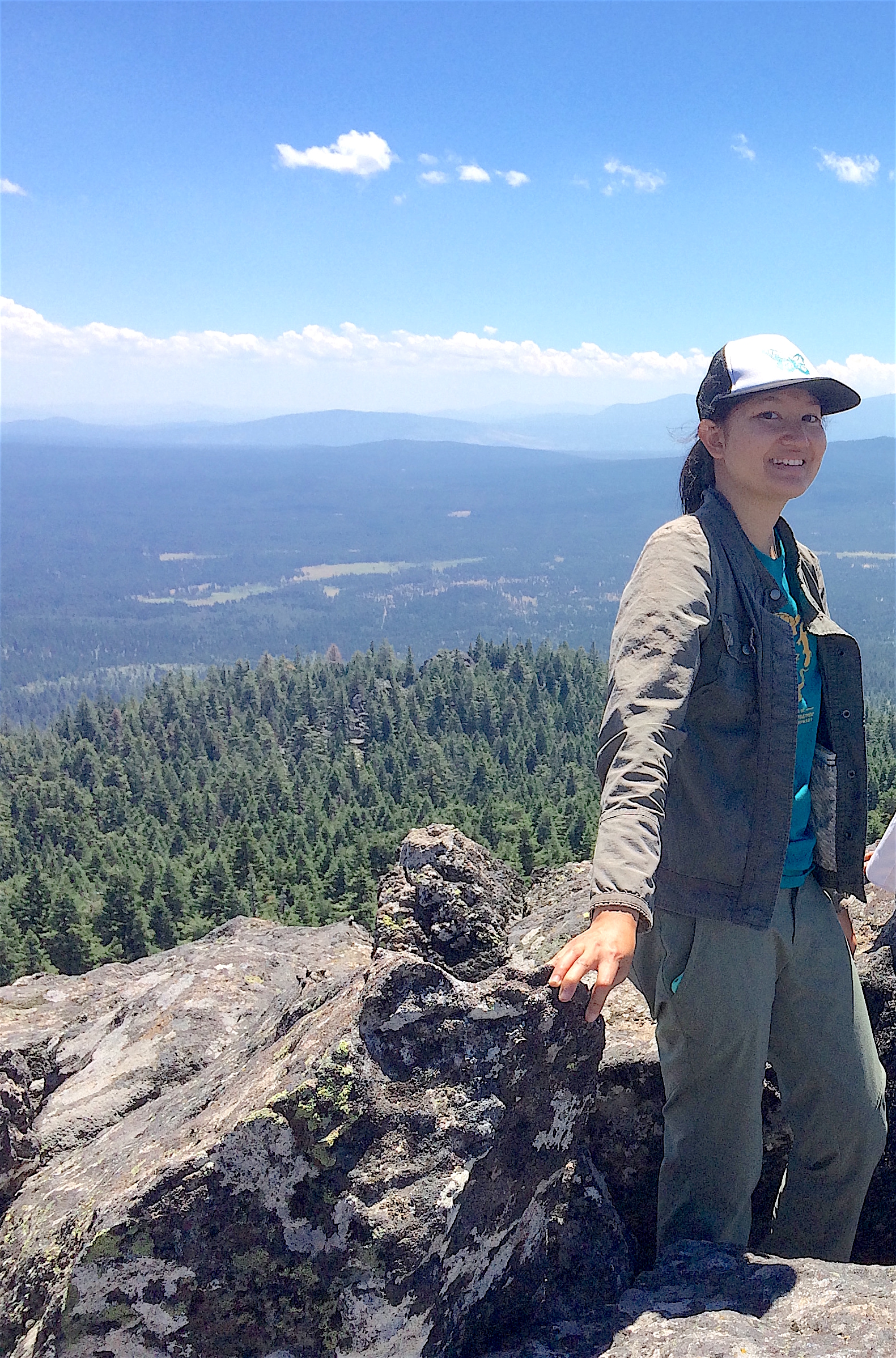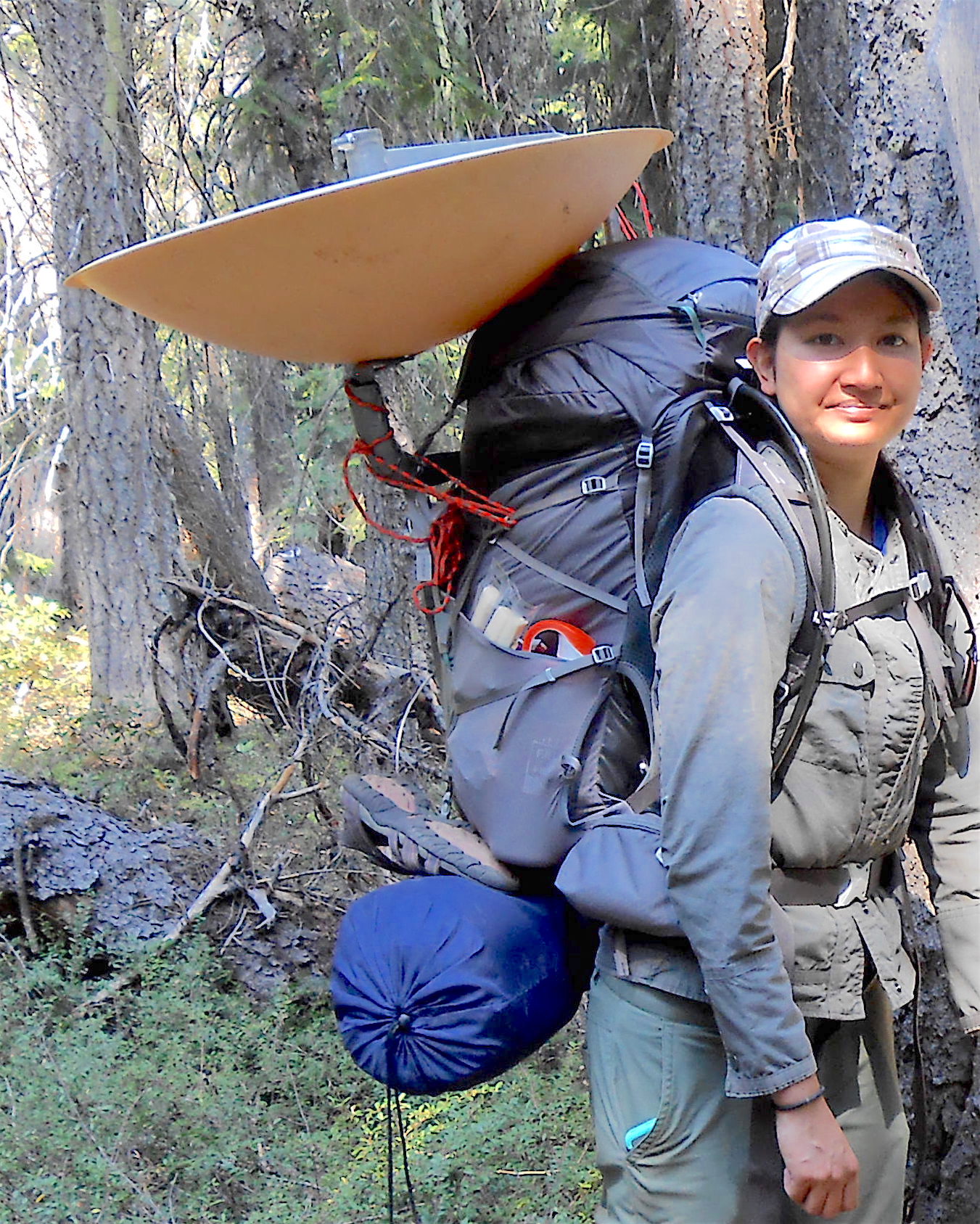Suphasiri Muttamara, SOU graduate student researcher was awarded 2017 Friends Research Fund grant.
Cascade-Siskiyou National Monument is one of my favorite places on earth. Working there is a challenge, yet a bliss. I was conducting research for my project, Dialects of Pika in Southwestern Oregon. My study site, Vulture Rock, doesn’t have an accessible trail. I had to bush whack up hill while carrying my recording equipment that looked exactly like a satellite dish.
I liked to stop on a track for a moment to absorb the beauty of the forest. Whether an open spot where butterflies danced in the sun, amidst the Douglas firs; a field of golden chinquapin so dense you could walk on it; a carpet of sword fern; wild garlics, and bleeding hearts, or a magnificent talus slope—I loved them all.
Working with animals was unpredictable. Many times, I visited the site and didn’t get any data. Still, sitting there listening to the wind rushing through the trees and flute-like songs of Hermit thrushes made me feel it is worth the hour-long trek.
I will never forget the very first time I visited Vulture Rock by myself. I heard a pika call when I approached the slope. I was too slow and didn’t get the record, but I was optimistic and told myself the pika might call again. I found a comfy rock, readied the equipment, and waited. Nothing happened for 20 minutes. Then a pika popped up from a rock in front of me! It was so close that if I reached my hand out, I could have touched it. I didn’t expect to see a pika, not to mention it being so close to me.
I didn’t dare to move a muscle. It looked like a furry potato—tiny, brown and fuzzy. I could see the white rim around the ears, and its dark shiny eyes. The pika turned its back to me, so it didn’t notice me. I reached for my phone, hoping to get a picture. It turned back and our eyes met. It must be the most horrifying moment in the pika’s life.
It screamed “Eeeeeek”! Then it disappeared underneath the rock. It didn’t make any noise for the rest of the three hours I was there. I went home empty-handed, but very, very happy.
Suphasiri Muttamara
2017 Friends Research Fund grantee
Southern Oregon University, Environmental Education
Dialects of Pika (Ochotona princeps) in Southwestern Oregon
The distribution of pika (Ochotona princeps) populations in the Southwestern Oregon are poorly known and their range is highly fragmented. Recently, a population of pika was discovered on Vulture Rock which is now within the boundaries of the Cascade-Siskiyou National Monument (CSNM) due to the recent monument expansion. The purpose of the research is to study a distinct population of pika in the CSNM using call dialects. The study of calls will contribute to a better understanding of the connectedness of pika populations, and if the population in southwestern Oregon has geographic variation.
The results will be discussed at the 2018 Monument Research Symposium on March 15, 2018.
